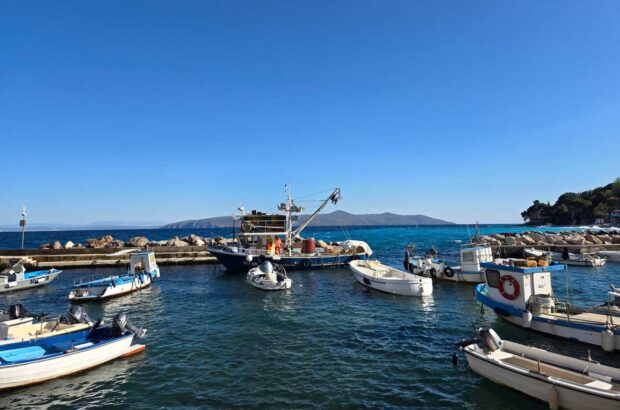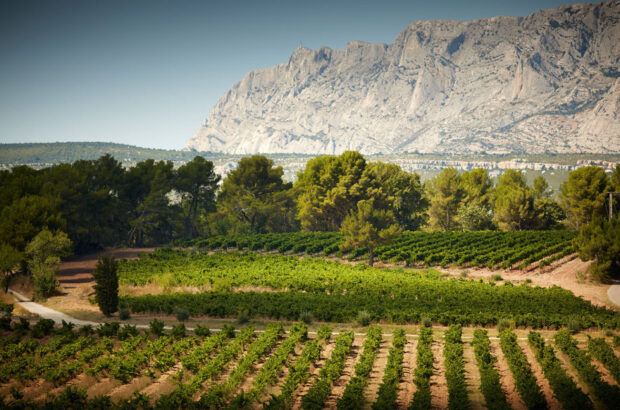See Decanter's vintage guide for Médoc and Graves 2000
Médoc and Graves 2000
drink now
Possibly the finest vintage since 1990
Weather Conditions
The growing season began shakily after a mild winter, with a hot rainy spring and early summer, bringing considerable problems with mildew. From mid-July, however, there was almost uninterrupted sunshine, and heavy rain on 19 and 20 September did no damage and in some places rescued vines affected by stress. Rainfall was heavier in the Médoc than the Graves. Harvesting took place in ideal conditions over a three-week period until 11 October, and there were no problems during vinification. A handful of properties picked too early and may show unripe tannins; another handful picked rather late and may exhibit overripe jammy flavours. But overall, this is an outstanding vintage, arguably the best since 1990 in the Médoc and Graves.
Best Appellations
The classic regions have fared best, with a consistently high level of quality in Margaux, St Julien, and Pauillac. More northerly regions such as St Estèphe are marginally less successful, as are Moulis and Listrac. There are a few disappointments from the Graves, although the top wines are excellent.
Best Producers
La Mission Haut-Brion is a star in the Graves, as are Margaux, Latour, and Léoville-Barton in the Médoc. But bear in mind that many less well known properties, including crus bourgeois, enjoyed the same excellent conditions at harvest and made superb wines.







